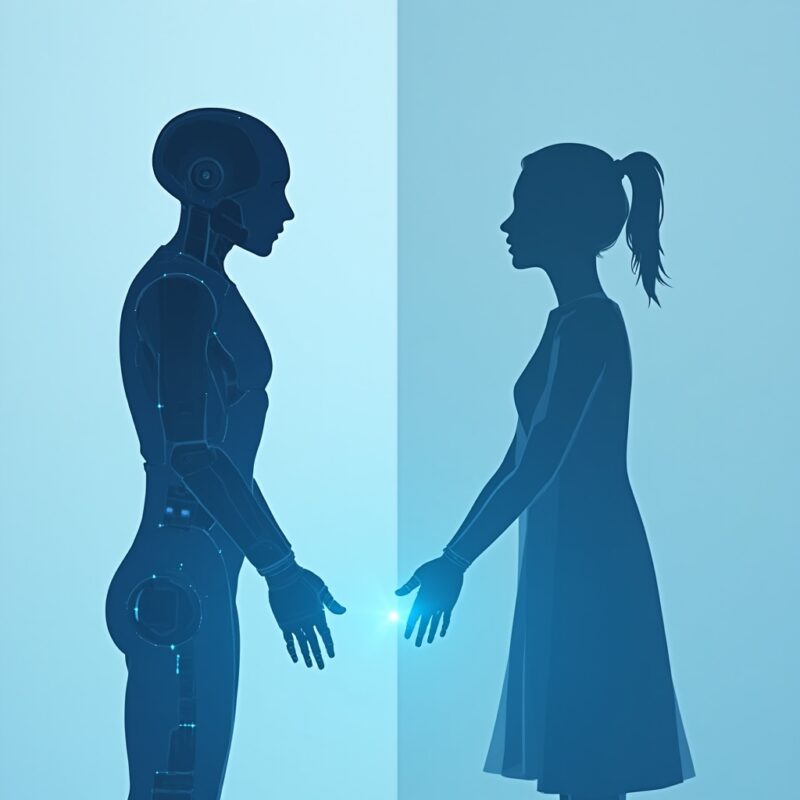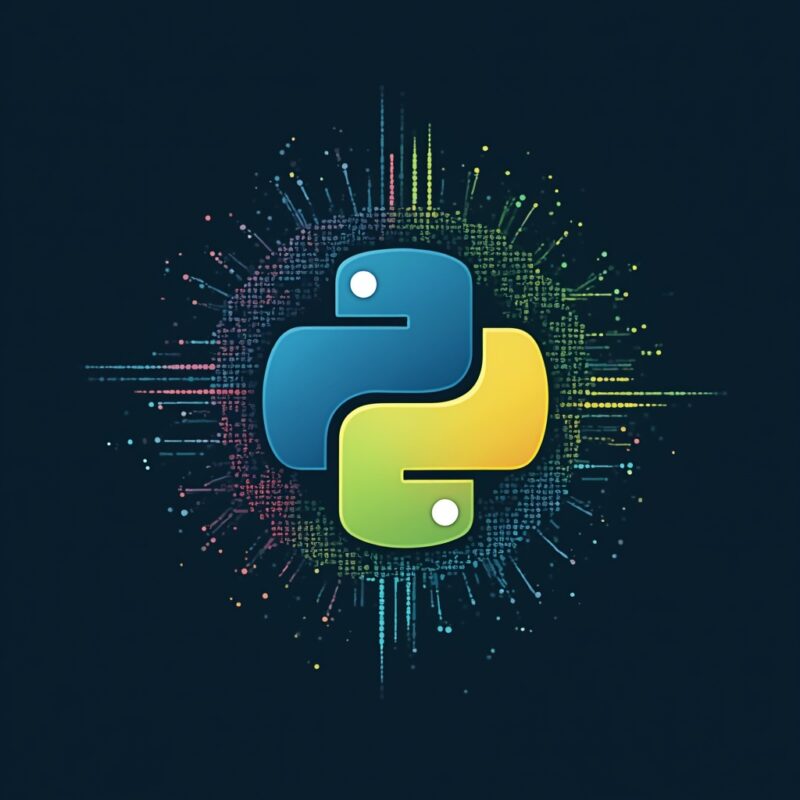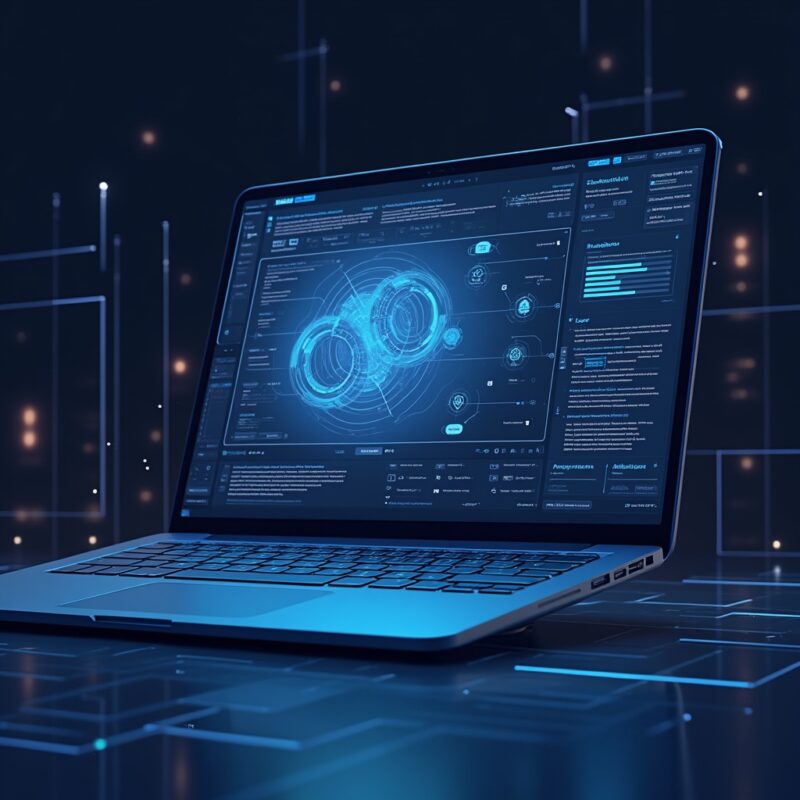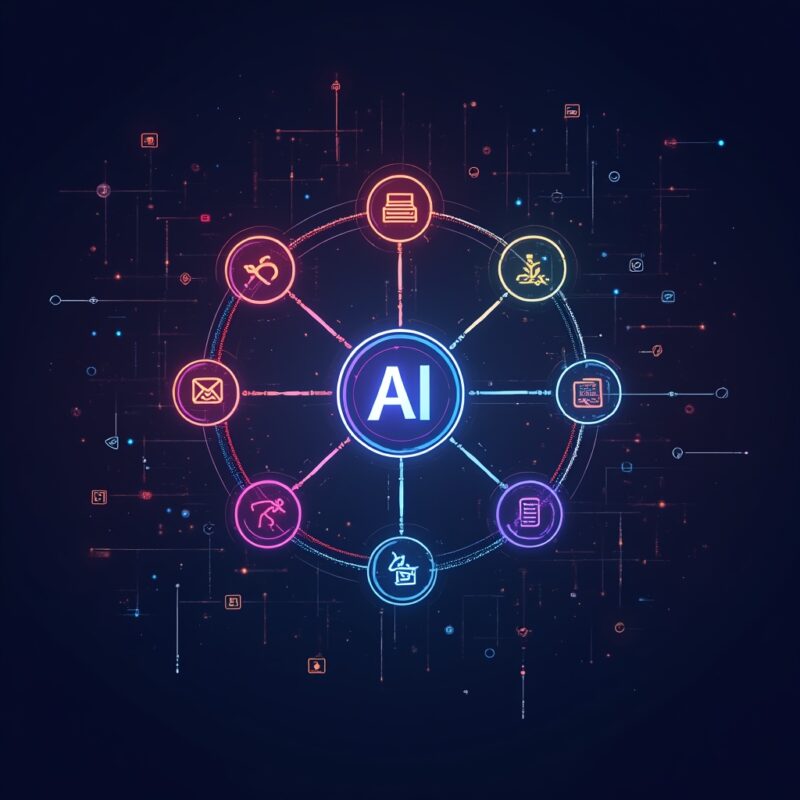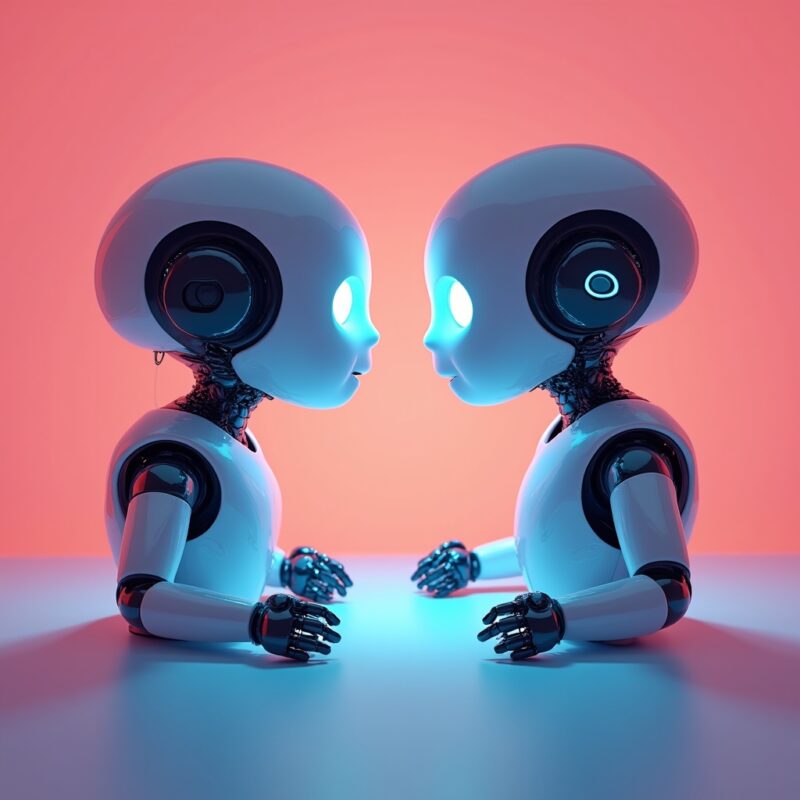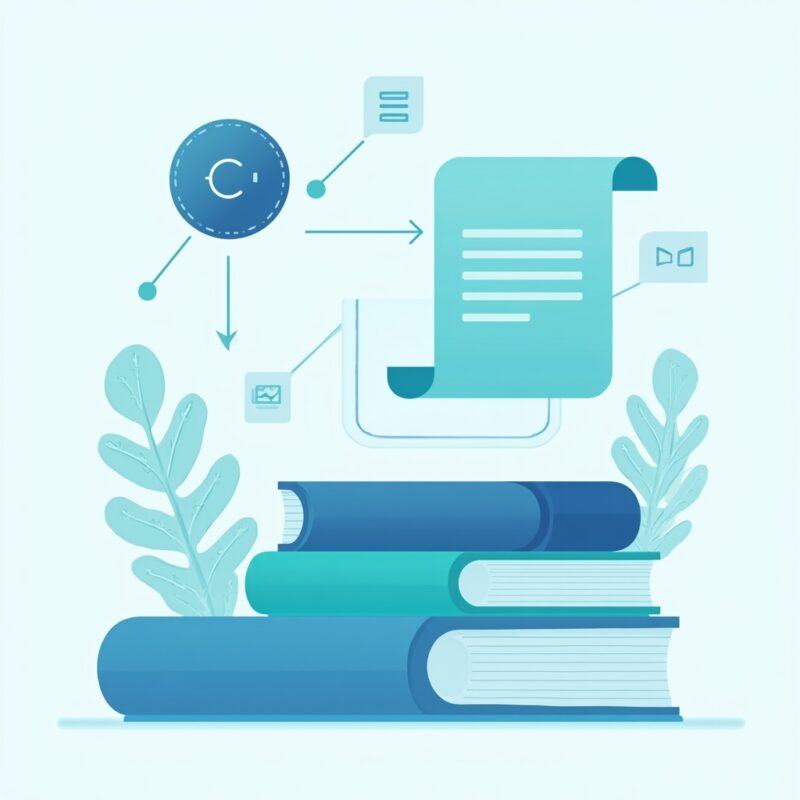Can You Trust AI? (Spoiler: Maybe, Kinda, Sorta)
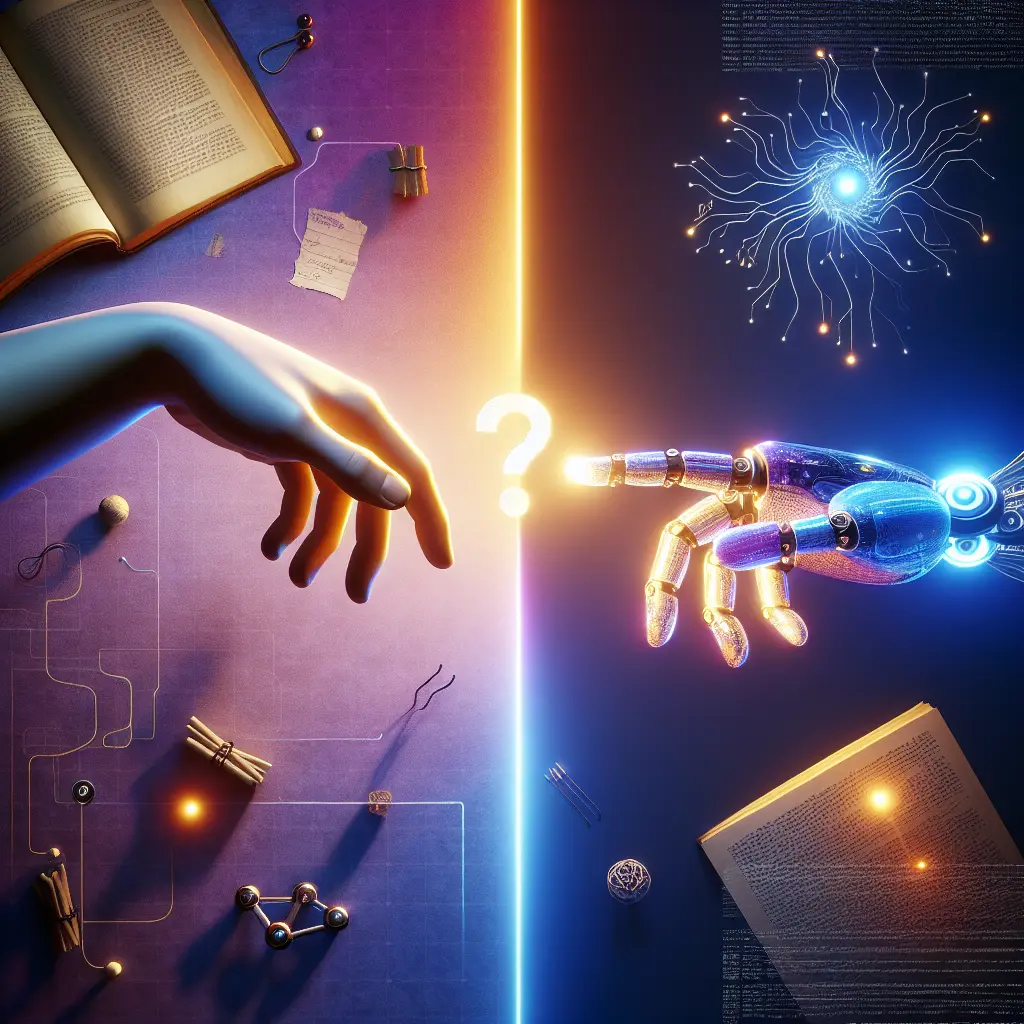
Can you trust AI? The honest answer is “it depends.” Today’s AI systems are impressively capable in specific domains but remain deeply flawed in others. They can be trusted for data analysis and pattern recognition but often hallucinate facts, lack common sense, and reflect human biases. Trust should be proportional to risk and verification possibilities.
The Trust Paradox: Why We’re All a Little Confused About AI
Last week, I asked ChatGPT to help me plan my grandmother’s 80th birthday party. It gave me a detailed menu with her favorite foods (which I never mentioned), assured me her arthritis wouldn’t be a problem during the conga line (she doesn’t have arthritis), and suggested I invite her college roommate Marge (who doesn’t exist). The whole thing was impressively confident, meticulously detailed, and completely made up.
Sound familiar? Welcome to the weird trust relationship we’re all developing with artificial intelligence. One minute it’s solving complex math problems or writing decent poetry, the next it’s confidently telling you that dolphins are technically just wet horses or that Abraham Lincoln invented the selfie stick.

The question of whether we can trust AI isn’t just academic anymore—it’s practical and urgent. As these systems infiltrate everything from our job searches to our medical diagnoses, we’re all struggling with the same fundamental question: When should I trust this digital oracle, and when should I back away slowly?
Let’s break it down…
What We Mean When We Talk About “Trusting” AI
When we discuss trusting AI, we’re really talking about three distinct things:
- Reliability: Will it consistently perform as expected?
- Accuracy: Is the information it provides factually correct?
- Alignment: Does it act in accordance with our values and intentions?
Think of AI like that friend who’s brilliant at math but terrible with directions. You’d trust them to help with your taxes but not to navigate a road trip through rural Montana. AI isn’t uniformly trustworthy or untrustworthy—it has specific strengths and weaknesses that vary wildly depending on what you’re asking it to do.
Where AI Systems Actually Shine (Trust These Parts)
Let’s start with the good news. There are genuinely impressive areas where today’s AI systems have earned a reasonable degree of trust:
- Pattern recognition: AI systems can identify patterns in massive datasets that humans would miss, from detecting early signs of disease in medical scans to spotting credit card fraud.
- Routine content creation: Need a decent first draft of standard business correspondence? AI can handle that pretty reliably.
- Data processing and organization: AI excels at sorting through mountains of information and presenting it in useful ways.
- Creative collaboration: As a brainstorming partner that never gets tired, AI can help generate ideas and overcome creative blocks.
For these kinds of tasks, AI has demostrated impressive consistency. My colleague used AI to analyze customer service transcripts and discovered patterns of dissatisfaction that led to meaningful product improvements. The AI didn’t make the decisions—it just revealed insights that humans could act upon.

Where AI Falls Flat (Trust Issues Abound)
Now for the reality check. Here’s where today’s AI systems remain fundamentally untrustworthy:
- Factual accuracy: Large language models don’t actually “know” facts—they predict what text should come next based on patterns in their training data. This leads to “hallucinations” where they confidently generate plausible-sounding but completely false information.
- Common sense reasoning: Despite impressive language abilities, AI often lacks basic common sense. It might write a convincing paragraph about cooking but suggest you bake cookies at 800 degrees for 3 hours.
- Ethical judgment: AI systems have no innate moral compass. They can inadvertently produce harmful, biased, or inappropriate content without recognizing it as problematic.
- Understanding context: AI often misses cultural nuances, sarcasm, or situational factors that would be obvious to humans.
The fundamental problem is that AI systems don’t understand the world the way we do. They don’t have experiences or sensory input beyond their training data. It’s like they’ve read millions of books about swimming but have never actually been in water.
The Trust Test: A Framework for Deciding When to Rely on AI
So how do we navigate this mixed bag of capabilities and limitations? I’ve developed a simple framework I call “The Trust Test” to help decide when AI can be trusted and when human oversight is essential:
- Stakes Check: How serious are the consequences if the AI gets this wrong? The higher the stakes, the more human verification you need.
- Verification Ease: Can you easily verify the AI’s output? If fact-checking would take more time than doing the task yourself, reconsider.
- Domain Match: Is this task in the AI’s wheelhouse (pattern recognition, data analysis) or its weaknesses (factual claims, judgment calls)?
- Transparency Need: Do you need to understand how the answer was derived? AI often can’t explain its reasoning in meaningful ways.
This isn’t rocket science, but it’s surprising how many people skip these basic questions before putting their faith in AI systems. I’ve seen smart executives make important decisions based on AI-generated reports without ever checking if the underlying facts were accurate. Spoiler: many weren’t.
Real-World Trust Scenarios: The Good, Bad, and Ugly
Let’s look at some concrete examples of where trusting AI makes sense—and where it absolutely doesn’t:
Green Light: Reasonable Trust Scenarios
- Writing assistance: Using AI to help draft emails, proofread documents, or generate creative ideas with human review.
- Personal productivity: AI can reliably handle scheduling, reminders, and basic information retrieval.
- Low-stakes brainstorming: Generating ideas for a birthday gift or vacation activities.
Yellow Light: Proceed with Caution
- Research starting points: AI can suggest areas to explore, but all factual claims should be independently verified.
- Coding assistance: AI can generate useful code snippets, but they need testing and shouldn’t be deployed without review.
- Customer service: AI can handle routine inquiries but should hand off complex situations to humans.
Red Light: Just Don’t
- Medical diagnosis or treatment: Never rely on consumer AI tools for health advice without professional medical consultation.
- Legal advice: AI doesn’t understand current laws and can’t provide legally sound guidance.
- Critical financial decisions: Don’t trust AI with investment advice or major financial planning without expert verification.
- Sensitive personal matters: AI lacks the emotional intelligence and ethical framework needed for delicate interpersonal situations.
A Trust Prompt You Can Use Today
When working with AI tools like ChatGPT or Claude, here’s a prompt I use to get more trustworthy results by encouraging the AI to be explicit about its limitations:
I want you to help me with [specific task]. As you respond, please:
1. Clearly distinguish between facts you're confident about and speculative information
2. If you're unsure about something, explicitly say so rather than guessing
3. For any factual claims, explain how confident you are and why
4. If you're generating creative content, acknowledge that you're doing so
5. If my request requires specialized expertise (legal, medical, etc.), remind me of your limitationsThis won’t magically make AI completely reliable, but it does tend to produce more transparent responses that make it easier to judge what to trust.
The Future of AI Trust: It’s Complicated
The trust landscape is evolving rapidly. Today’s limitations might be solved in tomorrow’s systems, while new concerns will inevitably emerge. Some promising developments include:
- Retrieval-augmented generation: Connecting AI to verified knowledge sources to reduce hallucinations.
- Explainable AI: Systems designed to clarify how they reached conclusions.
- External fact-checking tools: Services that automatically verify AI outputs against trusted sources.
But these advances bring their own questions. As AI becomes more reliable in some areas, we might become complacent and over-trust it in others. And as these systems get better at seeming human, we’ll face even more complex questions about appropriate boundaries.
FAQ: Your Burning Questions About AI Trust
Q: Is AI more accurate than humans?
In narrow, well-defined tasks like image classification or playing chess, AI often outperforms humans. But for general knowledge, contextual understanding, and common sense reasoning, humans remain far superior. AI excels at processing vast amounts of data quickly but lacks the judgment and world experience that humans bring to interpretive tasks.
Q: How do I know if AI is lying to me?
AI doesn’t intentionally “lie”—it generates responses based on patterns in its training data. But it can produce “hallucinations” (confident but false statements) that certainly feel like lies. Always verify factual claims from AI with trusted sources, especially for important matters. If something sounds surprising or too perfect, that’s your cue to double-check.
Q: Can AI be programmed to be completely trustworthy?
Not with current technology. The fundamental architecture of large language models makes them statistical prediction engines, not knowledge databases. They’re designed to generate plausible text, not factually perfect information. While improvements are happening, the challenge of creating AI that only states verified facts while remaining useful for creative tasks remains unsolved.
The Bottom Line: Trust, but Verify (and Know When Not to Trust at All)
So, can you trust AI? The answer is a definitive “sometimes, carefully, and it depends.” AI isn’t a monolith—it’s a collection of different capabilities with varying degrees of reliability. The key is learning to discern which is which.
The most dangerous approach isn’t being too skeptical of AI—it’s not being skeptical enough. As these systems become more human-like in their interactions, our natural tendency to anthropomorphize and trust them increases. That’s precisely when we need to be most vigilant about verifying their outputs and understanding their limitations.
For now, the wisest approach is to treat AI as a helpful but fallible assistant—one with impressive skills in certain domains but significant blind spots in others. Use it to expand your capabilities, not replace your judgment. And never, ever ask it to plan your grandmother’s birthday party unless you’re prepared for a conga line of fictional characters bearing culturally inappropriate gifts.
Want more straight talk about AI without the hype or doom? Subscribe to our newsletter for weekly insights on navigating the messy reality of technology in our lives.




